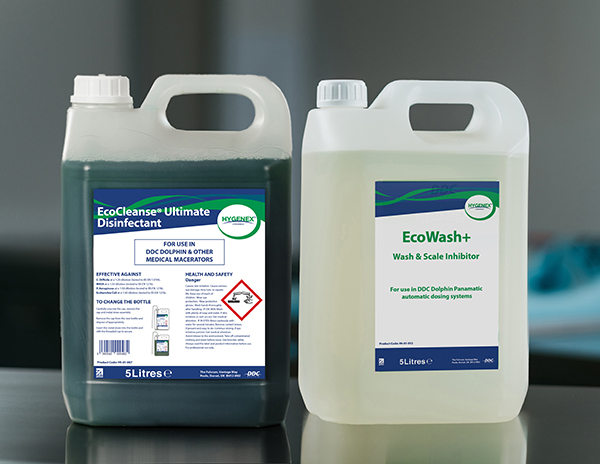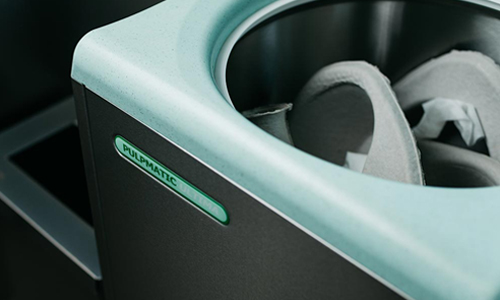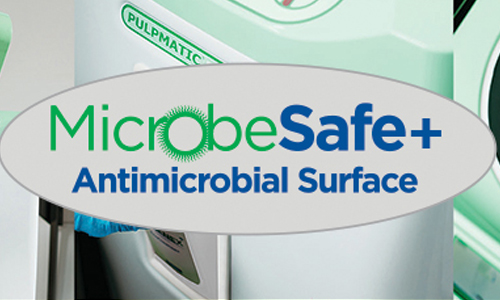What Is A Healthcare Associated Infection?
An estimated 300,000 patients a year in England acquire a healthcare associated infection as a result of care within the NHS[1].
Healthcare Associated Infections (HCAIs) are contracted by patients as a result of their exposure to the medical environment. As the aforementioned statistic demonstrates, they also relatively common, even in modern facilities.
Many HCAIs are preventable which, given that most patients are in hospital to recover from an illness, not pick up a new one, makes them particularly unacceptable, both to the general public and the medical profession.
There are a range of illnesses covered by the term ‘HCAI’, including methicillin-resistant Staphylococcus aureus (MRSA) and Clostridium difficile (C. difficile), which are amongst the most well-known. All HCAIs, however, pose a serious risk to patients, staff and visitors, and can even result in death.
Although some of the more high-profile outbreaks of HCAIs tend to appear in hospitals, this is isn’t the only place where they can occur. Care homes are also at high risk of HCAI outbreaks, mostly due to the nature of personal care they provide to residents and the bacteria that can potentially spread as a result.
No matter the facility, infection prevention and control is a key priority for all staff – with the aim of eliminating HCAIs completely.

How Can HCAIs Be Prevented?
Although HCAI outbreaks are a continual risk, medical professionals are constantly working towards new ways to prevent HCAIs from causing harm to patients.
Each NHS trust will have an infection control team to help ensure that the correct precautions are being taken, as well as staying on top of the latest innovation. However, many of the most critical infection control techniques are habits that happen during day-to-day care.
Although clinicians have the biggest role to play in preventing infection, patients and residents can also help by:
- Keeping clean with their own personal toiletries
- Discouraging visitors from bringing lots of gifts that will cause clutter and prevent proper cleaning
- Limit the number of people who visit at any one time and ensure they don’t come if they are unwell.
For clinicians, standard infection prevention precautions include:
- Hand hygiene before and after all patient contact
- The use of personal protective equipment, which may include gloves, plastic aprons or masks, depending on the task
- Routine environmental cleaning
- Waste management
- Appropriate handling of linen.
Making infection control part of everyday healthcare is standard practice for clinicians. However, the bacteria which cause HCAIs can be extremely resilient, and it’s important to keep these factors front of mind.
What are the consequences of HCAIs?
If an infection is contracted, it can cause great harm and distress – and in the most extreme cases, even kill.
Although this is the most devastating outcome, it isn’t the only one. There are numerous repercussions to the outbreak of HCAIs, all of which are damaging to both patients and the medical institution itself.
Such examples include:
- Increased workloads for clinicians. Chances are your nursing staff are already stretched to capacity; but when a patient’s condition declines, they will require more hands-on care.
- Longer periods of time spent in hospital. A patient can’t recover as planned if they catch an HCAI, so it will significantly increase the length of their stay. This will likely result in a far busier ward, as fewer patients are discharged and others must keep coming in.
- Extra costs. The longer a patient stays in hospital, the more it will cost to treat them; similarly, if clinicians become unwell, you will have the cost of emergency staff cover to contend with.
- Closed wards. If an outbreak of infection can’t be swiftly controlled, it will likely result in a ward closure and subsequent deep-clean. Again, this is costly, not to mention inconvenient for patients and staff.
- Clinicians at risk of sickness. Unfortunately, medical staff aren’t immune to infection and outbreaks will put them at risk. When this happens, the remaining staff will have an even greater workload due to absences – while cover staff will be an added expense.
- Poor morale. Clinicians will aim to provide high-quality care, irrespective of what’s happening on the ward; however, this can easily lead to staff becoming severely over-worked, with consequences to their wellbeing.
- Damage to clinical reputation. Most HCAIs are preventable; so, if an outbreak occurs, this sends a poor message regarding the institution’s management, hygiene and standards of care. For private care homes in particular this damage can be devastating and even lead to eventual closure.
Healthcare institutions must take every reasonable measure to prevent HCAIs.
This involves paying close attention to every part of patient care; including unseen – but nonetheless critical – practices, such as disposing of human waste.
Diligent sluice room management is key, but there are numerous elements to consider. Not only must you choose the most suitable waste disposal equipment to suit your needs, but make a decision that’s economical, as well as planning for future requirements such as long-term maintenance.
Not sure where to start – Or just not sure that your existing solution is the correct one?
Contact DDC Dolphin today and get expert advice to uplift your infection control procedures.




